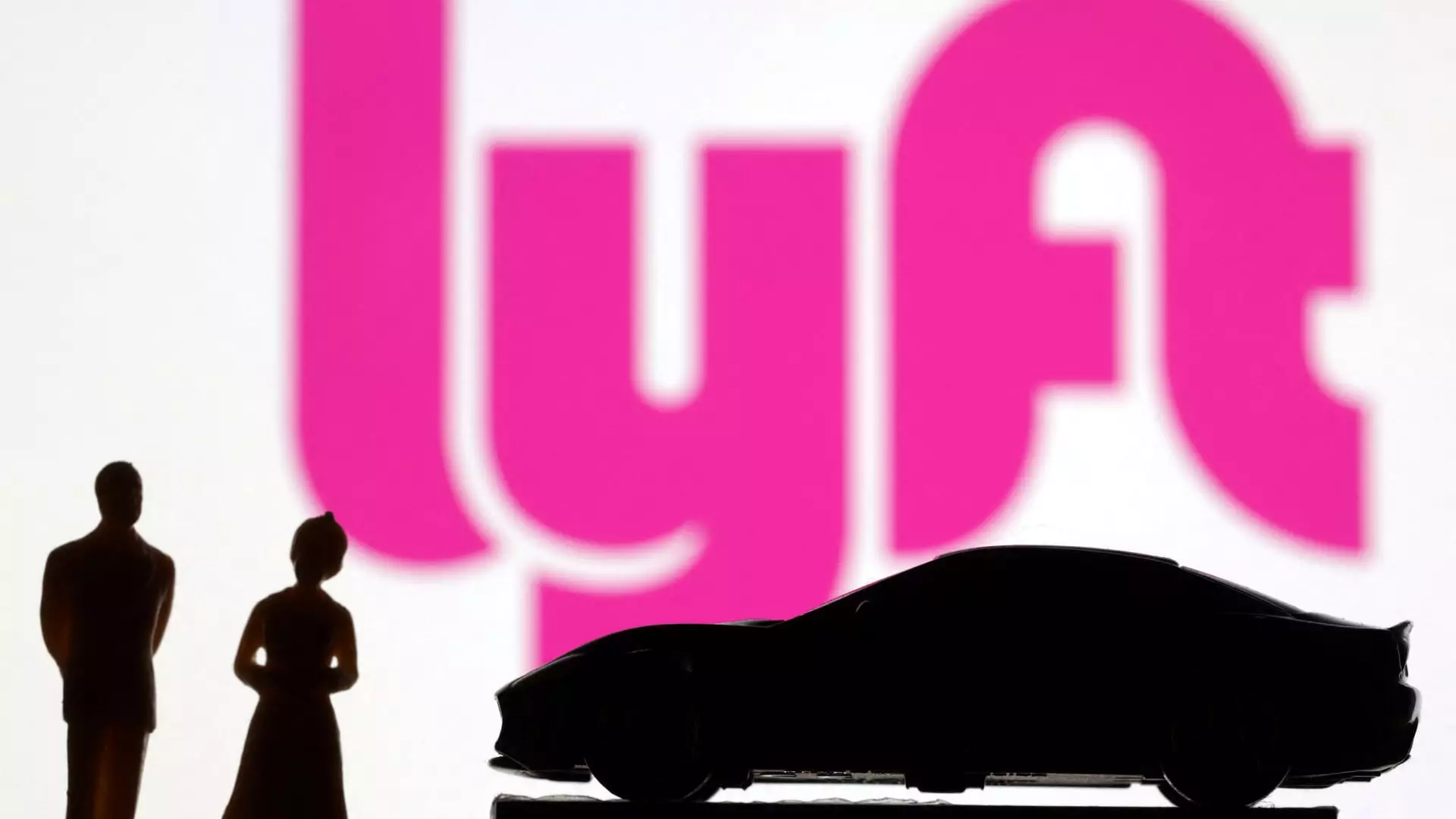In a move that could reshape the competitive landscape of the ride-hailing industry, Lyft has announced its acquisition of Free Now for 175 million euros ($199 million). This bold venture marks Lyft’s first significant foray into the European market, a terrain already dominated by entrenched players like Uber. While the deal ostensibly positions Lyft as a contemporary challenger, it also raises pertinent questions about the sustainability of growth in an industry rife with regulatory challenges and fluctuating consumer demand.
Free Now, formerly myTaxi, boasts an impressive operational footprint across over 150 cities in nine countries, ranging from Germany to the U.K. Its integration with Lyft could indeed swell their user base to more than 50 million annual users. But do sheer numbers equate to market dominance? Accelerated growth can often create waves of complexity, and Lyft must navigate the historically messy waters of European regulation while concurrently aiming to enhance operational efficiency.
Learning from North America?
At the helm of Lyft, CEO David Risher has acknowledged that the organization’s domestic journey has not been a fairy tale—initial struggles with user share and profitability marked the early days of his leadership. Risher boasts of improved service metrics—faster pick-up times, reduced driver cancellations, and increased earnings for drivers. But as Lyft begins to spread its wings over the Atlantic, one can’t help but wonder if these improvements are enough to combat the marketing savviness of competitors who are already poised and ready in Europe.
Risher avers that now is the time for this leap into the European market, following improvements in North America. Yet, relying heavily on a North American success as a blueprint for European expansion could be risky. The two markets are distinctly different—in terms of consumer behavior, regulatory frameworks, and competition dynamics.
A Double-Edged Sword
The acquisition of Free Now also presents potential pitfalls that Lyft must deftly navigate. For one, the company is now tethered to an app that, while profitable, has experienced financial ups and downs under the stewardship of its previous automotive corporate overlords—BMW and Mercedes-Benz. The reputation of Free Now in Europe has been a mixed bag, subject to the vagaries of fluctuating partnership dynamics and consumer perceptions that vastly differ from those in North America.
Moreover, Lyft’s timing seems to echo a sense of urgency that may be both strategic and reactive; if competitors like Uber have already entrenched themselves, maintaining relevancy might require more than a mere acquisition. Regulatory hindrances loomed large over Uber’s past operations, leading to a perception of the brand fraught with hurdles. It remains crucial for Lyft to learn from these past missteps—the landscape is as much about public perception as it is about operational efficiency.
The Power of E-Mobility
Free Now’s offerings extend far beyond traditional ride-hailing. With an arsenal that includes e-scooters, e-mopeds, and e-bikes, Lyft gains the opportunity to embrace a multi-faceted mobility strategy. As urban landscapes evolve towards greener and more sustainable transport options, this diversification not only aligns with contemporary consumer expectations but also opens avenues for future growth.
However, successfully marrying Lyft’s brand ethos with the broader scope offered by Free Now could turn out to be a delicate balancing act. The need for an innovative and unified customer experience will be paramount. If executed correctly, this holistic approach could indeed prove transformative, allowing Lyft to capture a segment of the market that is rapidly leaning towards more environmentally friendly choices.
In this high-stakes gamble, Lyft stands at a crossroads. The path taken will not only define its trajectory but also serves as a litmus test for how American companies can successfully integrate and innovate in European markets. The question remains: Will Lyft rise to the occasion, or become just another name in an oversaturated market?


Leave a Reply